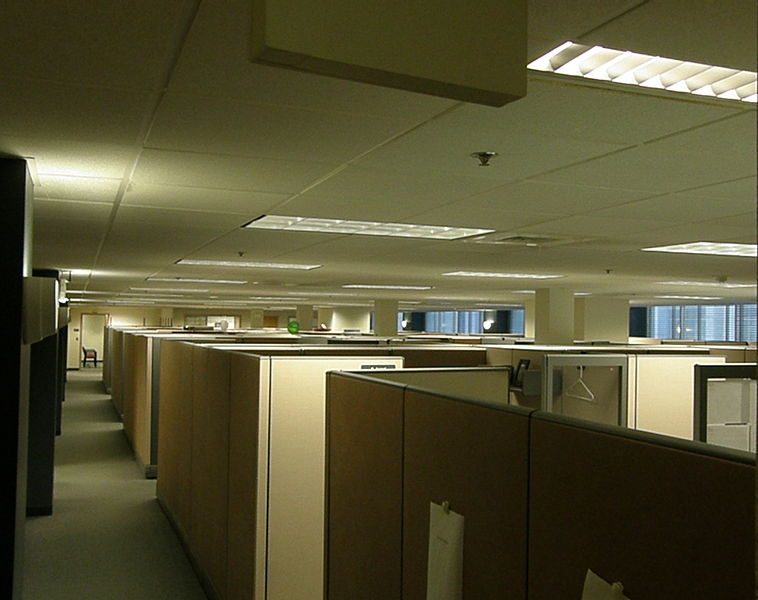Starting a new job generally brings with it a combination of anxiety and excitement and it’s in this state, when you’re not familiar with the specifics of the job or your surroundings yet, that accidents are that much more likely to happen. That’s why it’s important from the start to make sure you understand safety at work. Learning about policies, getting familiar with protections, and knowing how to use equipment properly helps protect you and your colleagues and create a safer and more comfortably working environment.
Know Your Environment
One of the first steps is to understand your workplace’s safety protocols. Find out where the fire exits are located, where the first aid kits and emergency equipment are kept. Note the layout of your workspace and the hazards specific to your role such as potentially slippery floors, trailing electrical cords, sharp equipment or left out tools. If you know what to expect, you can avoid many common incidents before they happen.
Practice Proper Ergonomics
Long-term injuries often come from repetitive tasks or poor posture. UK law requires employers to manage ergonomic risks under regulations such as the Display Screen Equipment (DSE) Regulations and the Health and Safety at Work Act. If you work at a desk, make sure your chair, keyboard, monitor and mouse are positioned so that your wrists are straight, your screen is roughly eye level, and you can sit with feet flat on the floor (or a footrest if needed). For manual tasks, always use proper lifting techniques, keeping loads close to your body, bending the knees and avoiding twisting. Take short breaks and stretch to reduce fatigue and reduce risk of strains.
Use Equipment Correctly
Personal protective equipment is provided for a reason. Use gloves, safety glasses or goggles, hard hats, high visibility clothing or footwear as needed for your role. If a piece of equipment looks damaged or does not fit properly, report it immediately to your supervisor. Using faulty or damaged equipment increases risk of injury so employees should always ensure proper tools and gear are available so employees can perform work safely.
Communicate and Stay Alert
Safety is a shared responsibility. If you see a potential hazard (like a loose wire, wet floor, exposed edge or badly stored object) then report it. Even near-misses matter because a near-miss today could become a serious accident tomorrow. Avoid distractions, for example using your phone in busy or dangerous areas or while operating machinery. Being present and attentive gives you and your colleagues a better chance of avoiding harm whether that a bad slip on a wet floor or a fall from height.
Why This Matters
Workplace injuries are, unfortunately, not rare. Recent Health and Safety Executive statistics show that there are around 561,000 non-fatal injuries each year in UK workplaces. Injuries from slips, trips, manual handling and lack of protection make up a large share. Employers are legally required to take steps to reduce these risks.
This is why we all need to work together to create a safer workplace and that starts with awareness, communication and using available protections properly. These are healthy habits that protect you, reduce risk, and help build a safer company culture.

